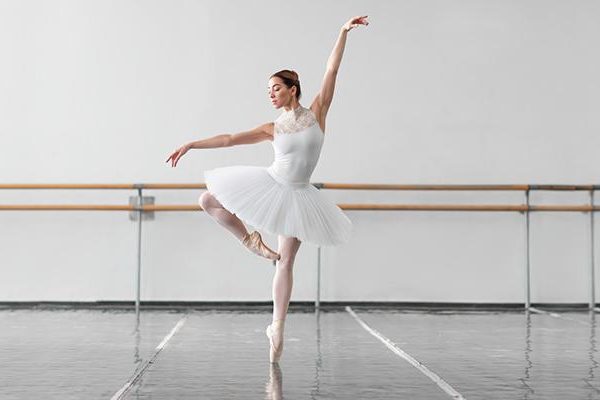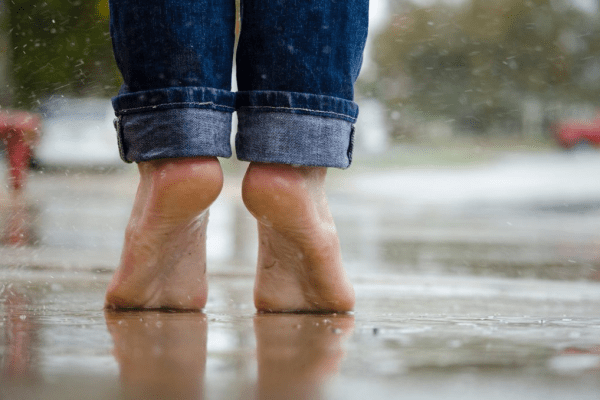In order for you to take a step or to jump, Tom, Dick and Harry need to work in harmony. But who are Tom, Dick and Harry and what do they have to do with your running?
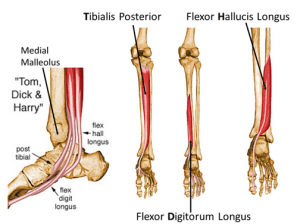
What Is It And What Does It Do?
Flexor Hallicus Longus (often referred to as FHL or Tom, Dick and Harry) is a small but powerful muscle that sits deep to the calf on the back side of the fibula. From here it wraps around the bottom of the tibia and the back of the ankle to pass under the foot and connect onto the big toe.
So what is so great about this small muscle you ask? It is the last contraction that occurs during push off when you are walking. It is also important for runners to help create power during your push off phase. First the calf contracts as you begin to lift your foot off the ground but then the FHL finishes the final push off before you start to swing your foot through for the next strike.
What To Do Next
Some simple ways you can work on your FHL strength is to complete these two exercises below.
Firstly, place a towel on the ground in front of you, use your toes to then drag the towel towards you while keeping your heel on the ground. Continue to repeat for 15 seconds or until you feel fatigue.
Secondly, you can incorporate strengthening your FHL into your calf exercises. Simply complete a resisted plantarflexion motion of the ankle, finishing the movement by flexing your toes as seen below.
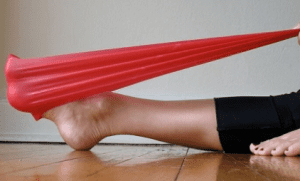
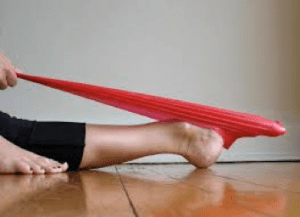
If you suffer with any foot pain consult your physiotherapist before commencing the above exercises. If you suspect your FHL might need some further work, contact our friendly reception staff to book your appointment.
– Melissa Andreatta, Physiotherapist
If you would like to make an appointment with Melissa, give one of our friendly staff a call on 4724 0768 or follow the link to book online. https://physionorth.bookings.pracsuite.com

